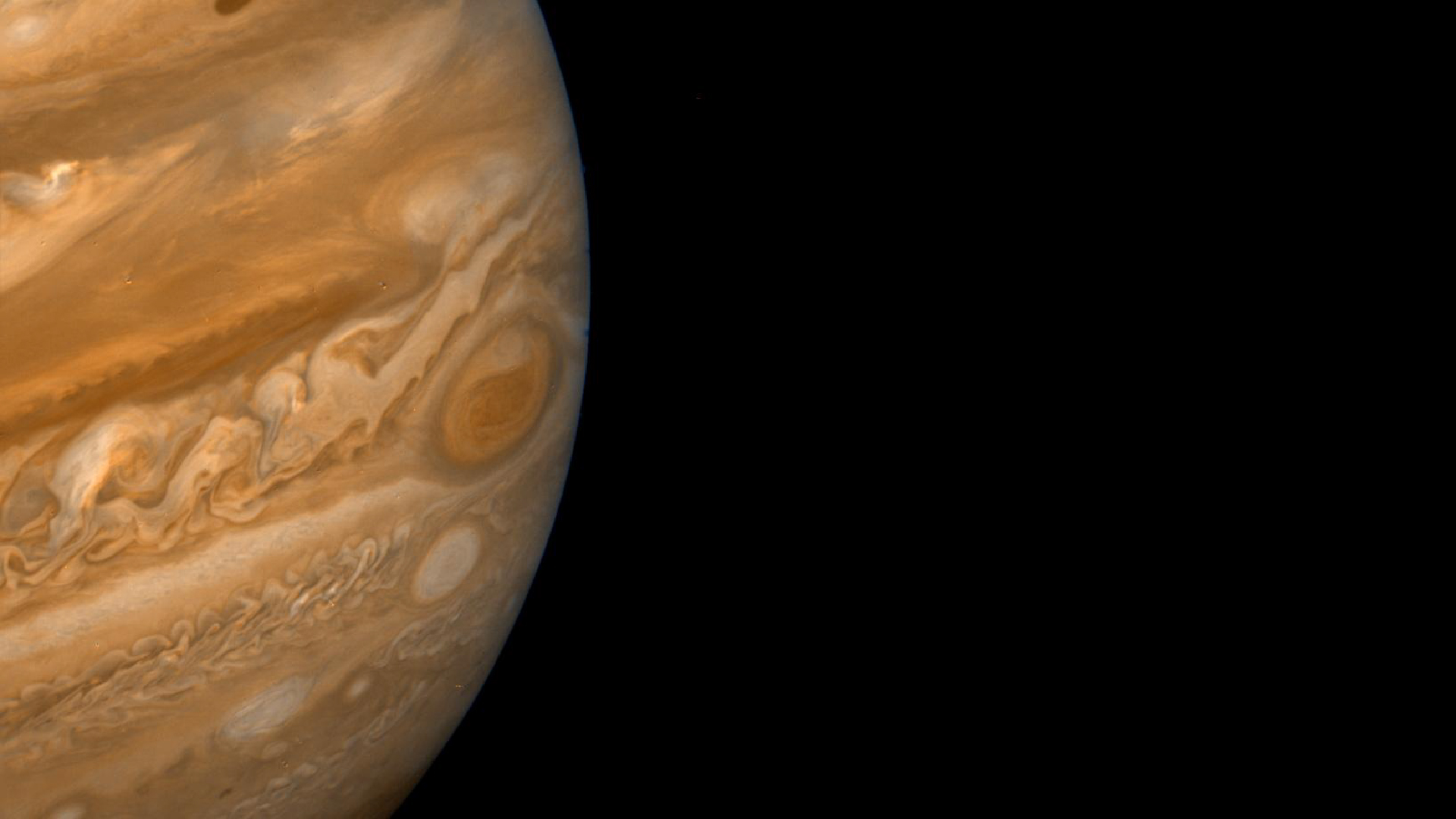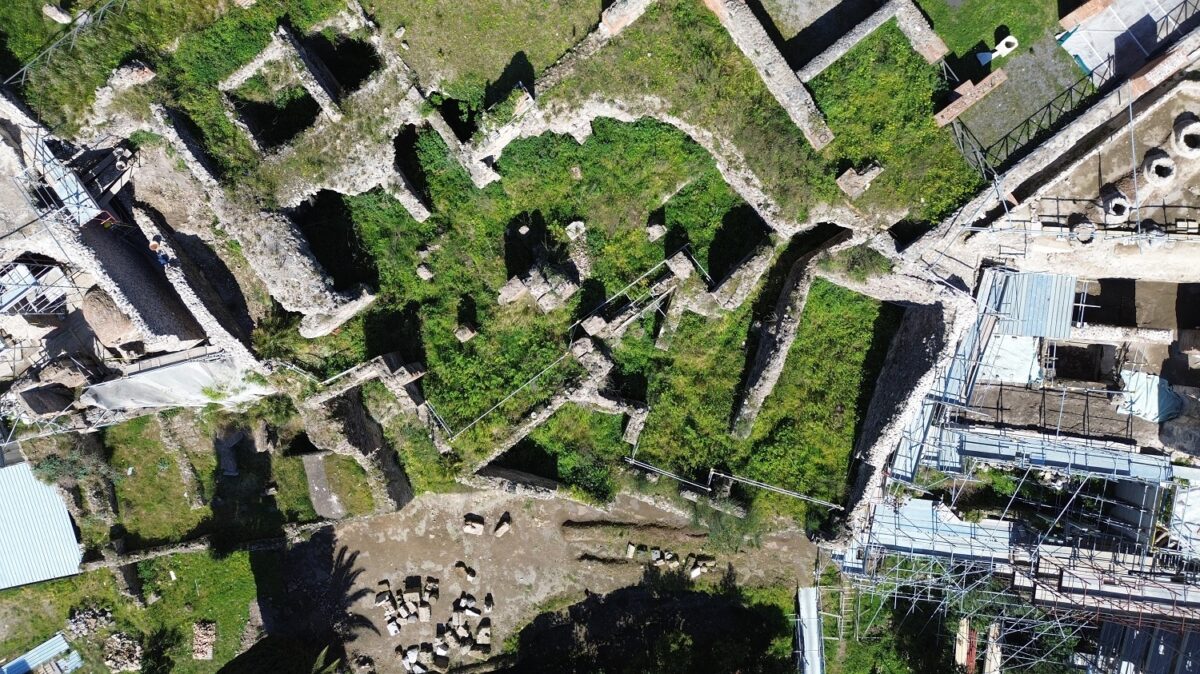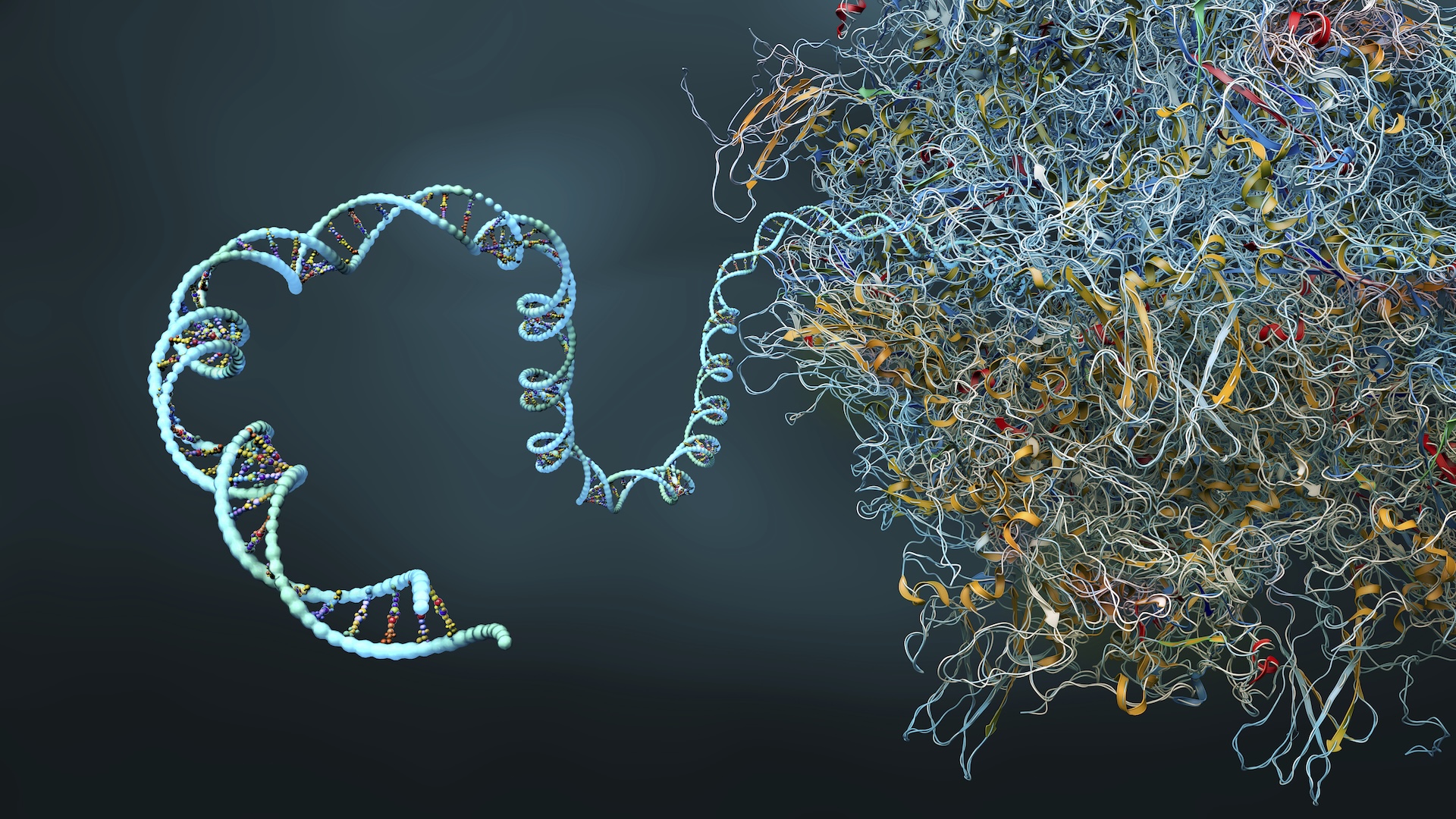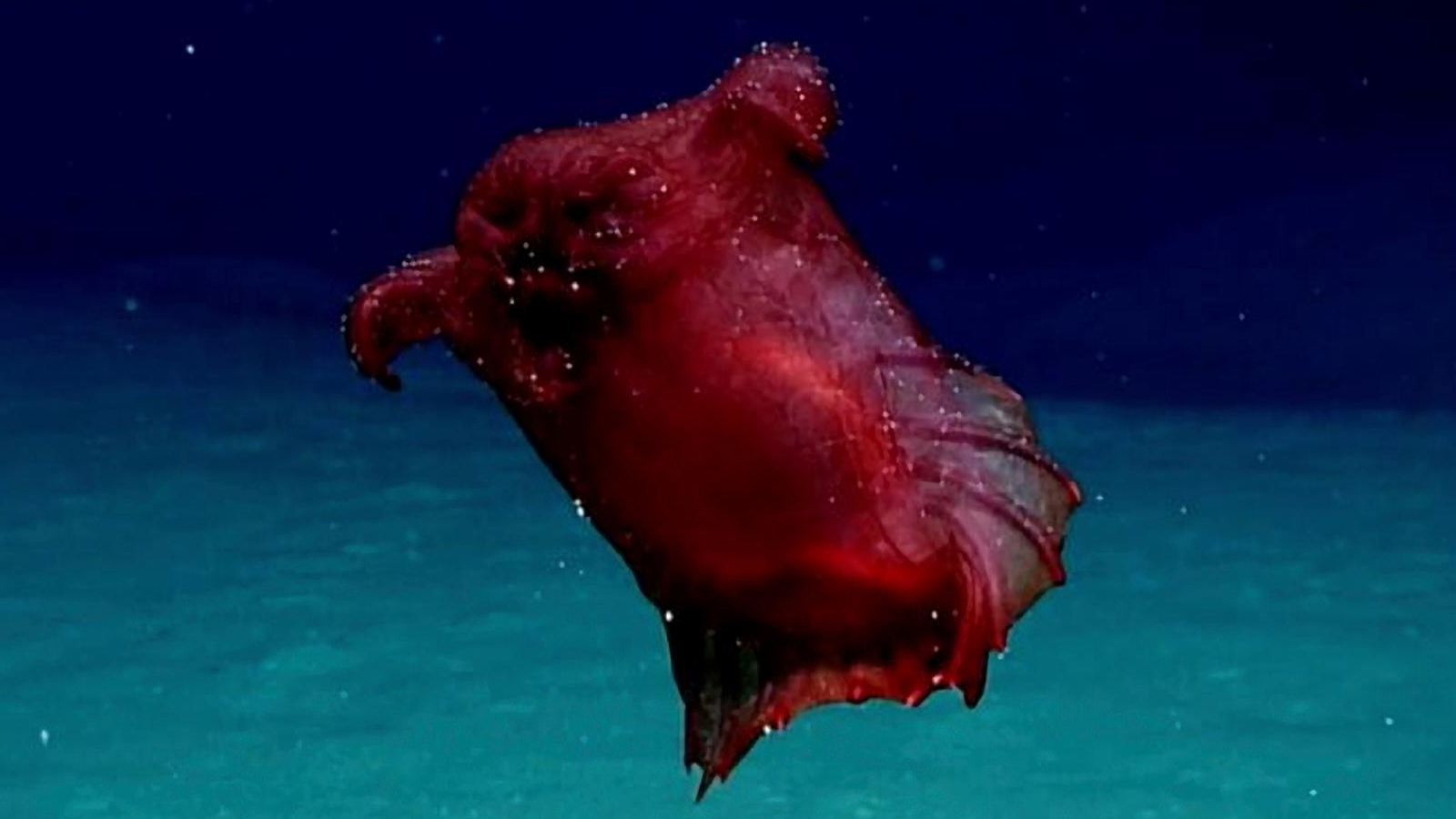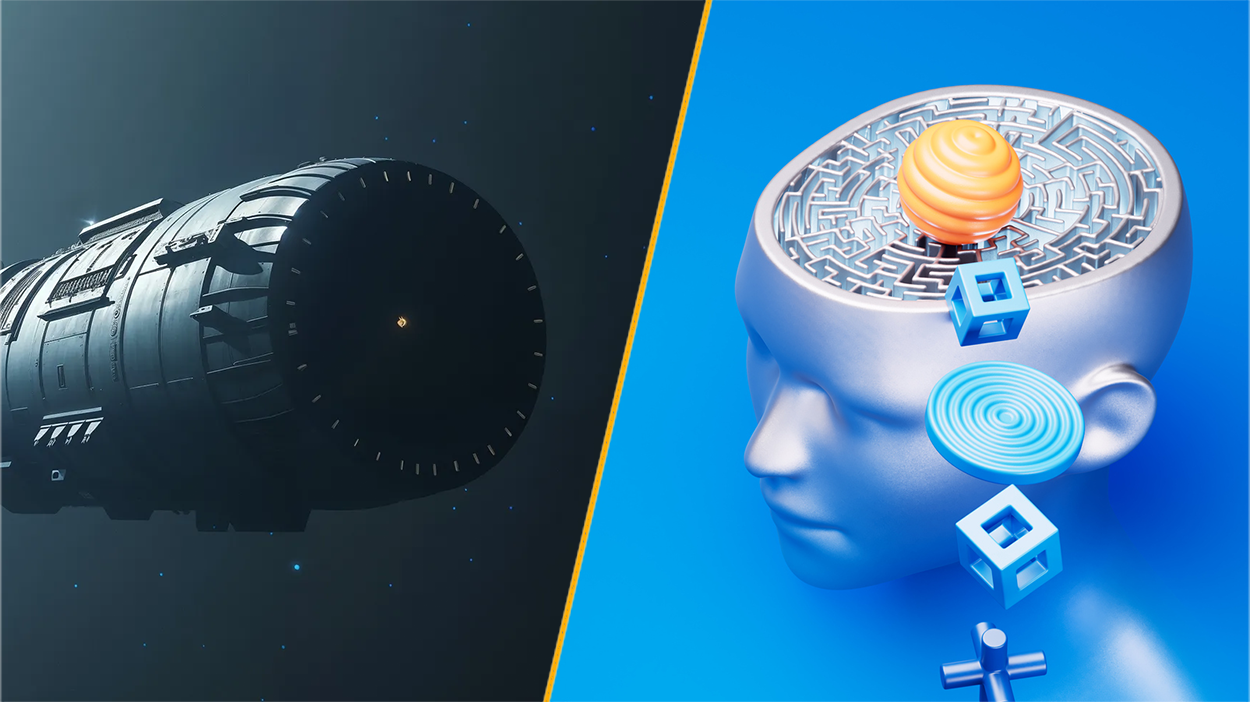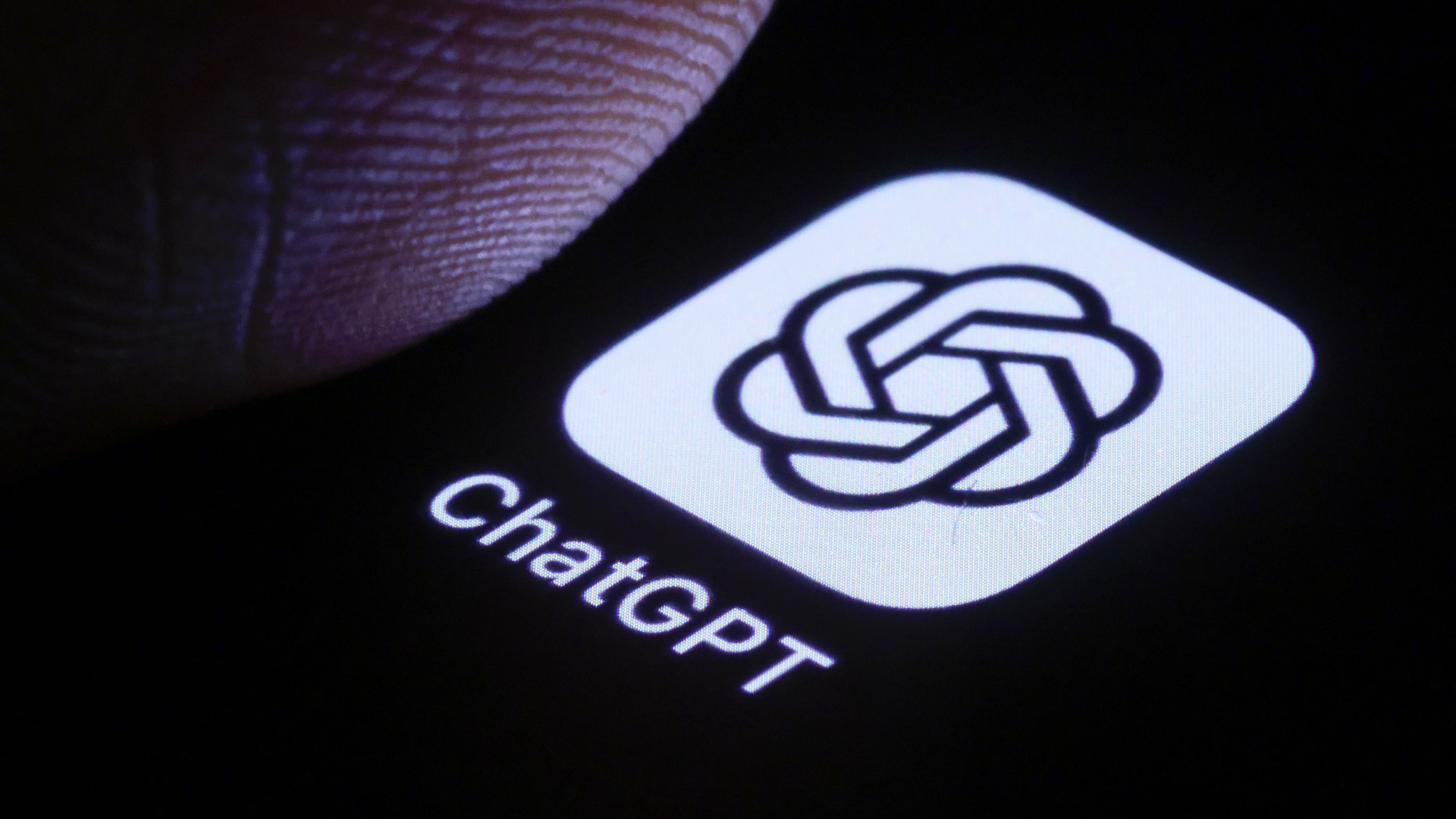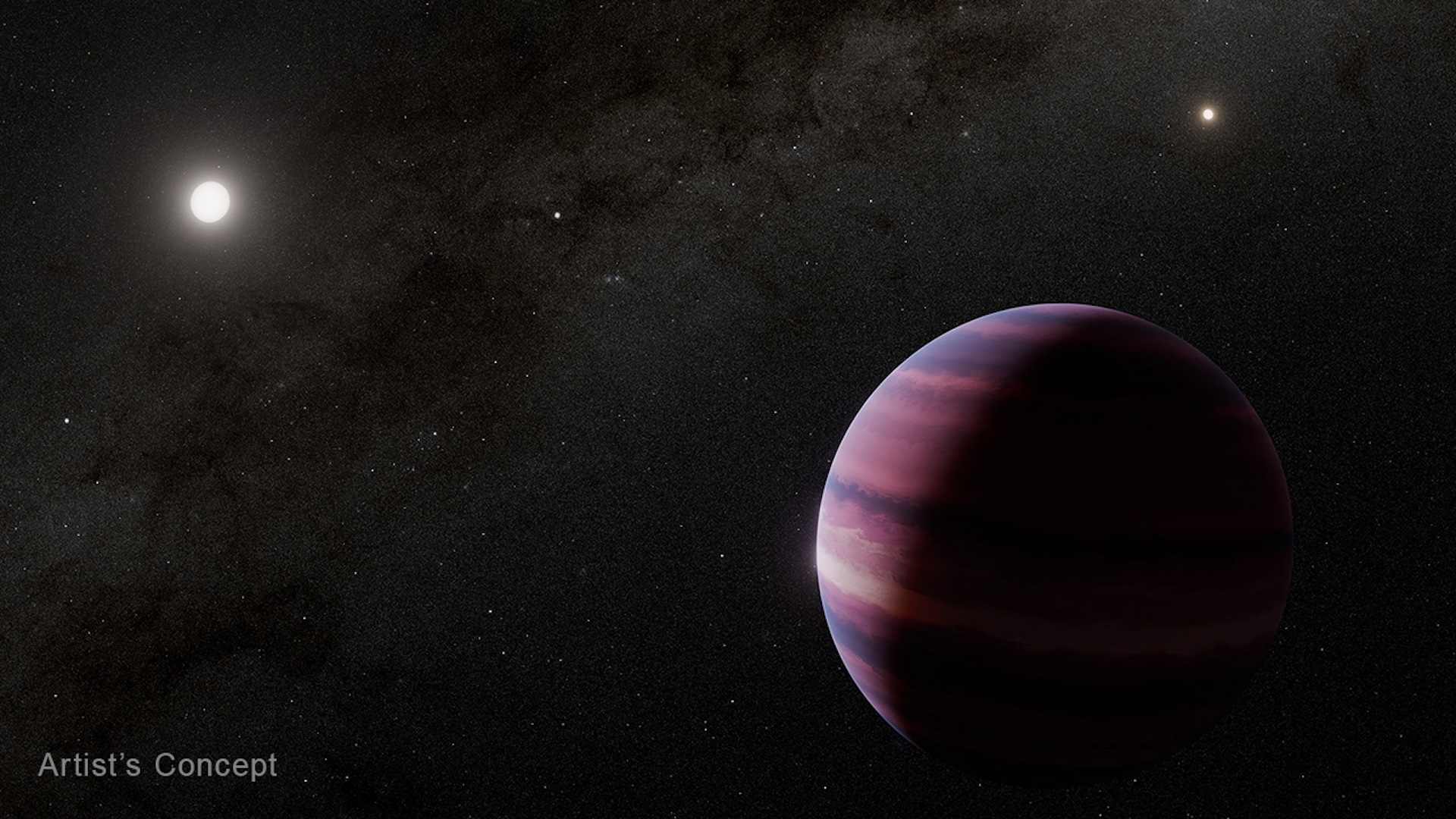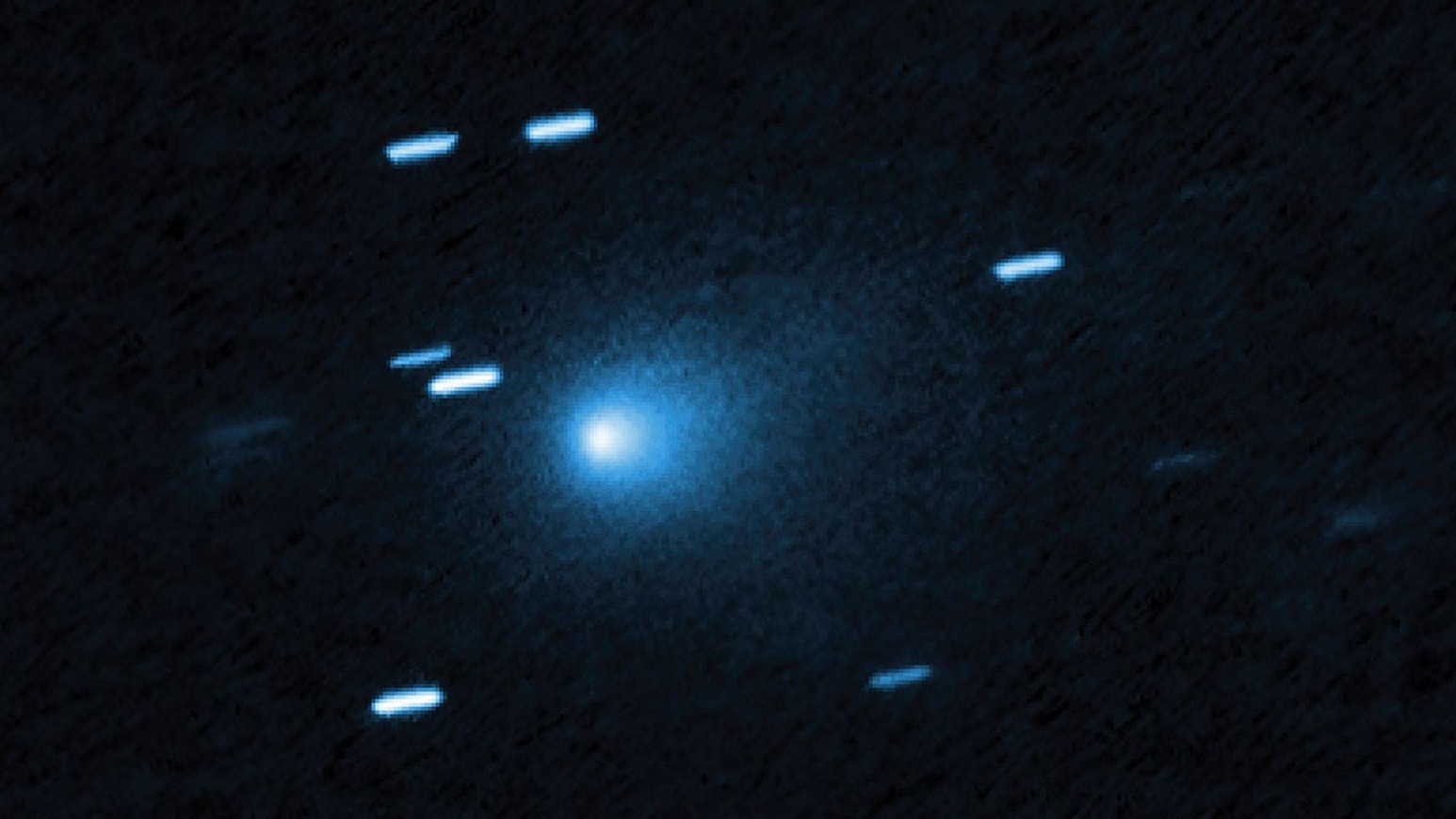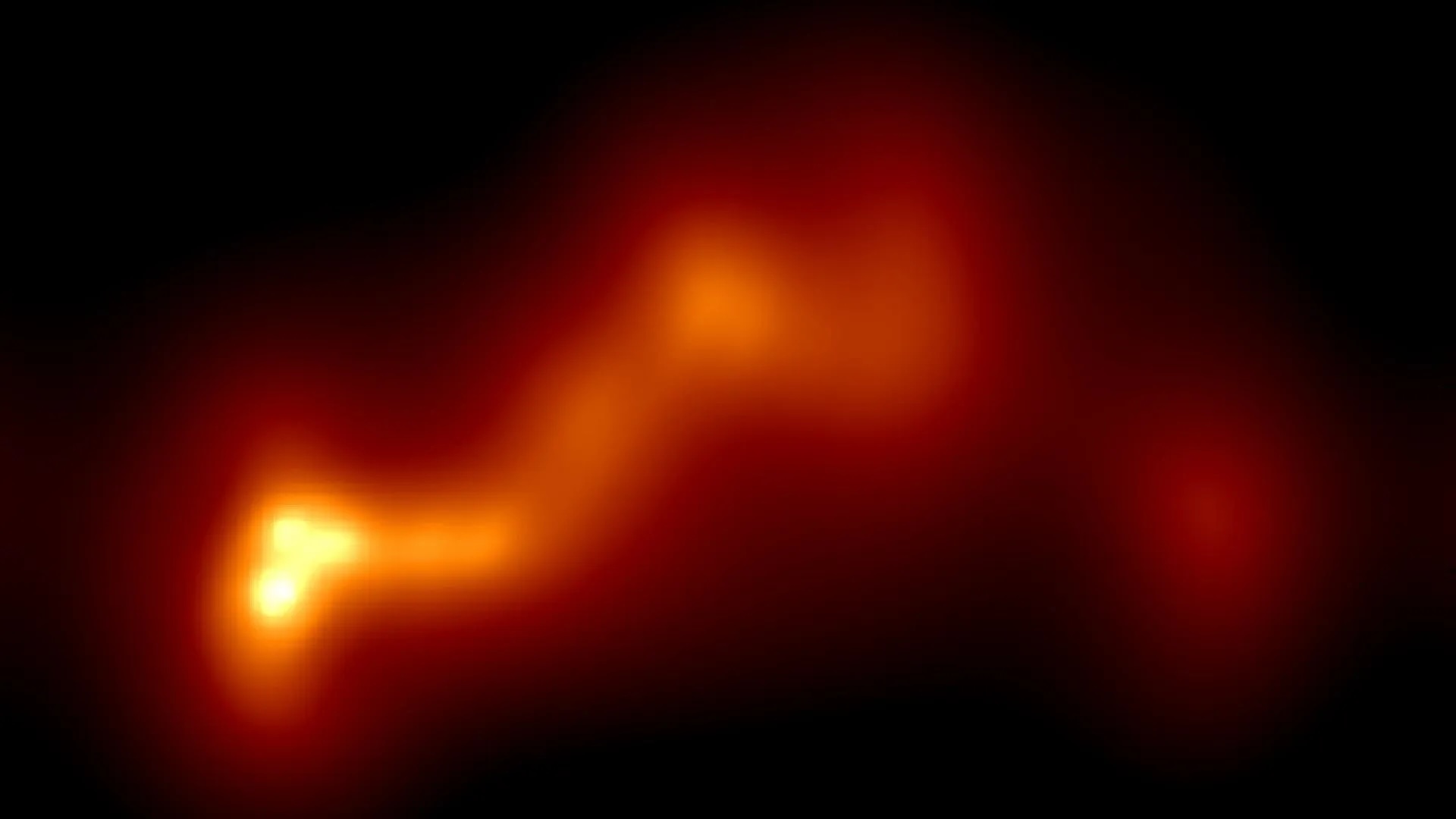Just as the Perseid meteor shower approaches its peak, two luminous planets are getting in on the night-sky action.
Venus and Jupiter, the two brightest planets in the sky, will meet in a conjunction very early on Tuesday morning (Aug. 12). On this morning, the two planets will be less than a degree apart — approximately the length of your pinkie when held up to the sky at arm’s length. Because they’ll appear close together, you’ll be able to view both simultaneously through skywatching binoculars or a backyard telescope.
But if you want to see the conjunction, you’ll have to either stay out late or get up early: Venus and Jupiter rise together around 3 a.m. local time and set together around 6 a.m. local time. However, these times vary slightly depending on your exact location. You can use Time and Date to check the precise rise and set times for your area.
Venus and Jupiter will rise in the east with the constellation Gemini and will ascend to about 20 degrees above the horizon before sunrise. Because they’re fairly low on the horizon, you’ll want to observe them in a mostly flat area without many trees, buildings or other obstructions to the east.
You can easily find Venus and Jupiter with the naked eye thanks to their exceptional brightness. Venus is the second-brightest object in the night sky, after the moon, followed by Jupiter. However, seeing these planets with a decent backyard telescope or pair of binoculars is a treat you won’t want to miss.
Jupiter and Venus skywatching
If you look through a backyard telescope or pair of skywatching binoculars, you’ll see Jupiter’s cloud bands and maybe even its famed Great Red Spot. The Red Spot, a giant storm in Jupiter’s cloud bands that spans twice the width of Earth, faces our planet about once every 10 hours when Jupiter completes a rotation.
Related: How to photograph the moon: Tips on camera gear, settings and composition
Jupiter’s Red Spot is most visible when it crosses Jupiter’s meridian, the imaginary line between its north and south poles. You can use this tool from Sky & Telescope to see the Red Spot’s transit times — the times it crosses the meridian.
Skywatching equipment also reveals hidden wonders on Venus, such as its phases. Like the moon, Venus goes through phases — new, crescent, quarter, gibbous and full— because of its position relative to Earth and the sun.
But unlike the moon’s phases, Venus’ phases are visible only through skywatching equipment. And while the moon completes all of its phases in less than a month, it takes Venus 584 days.
The moon will somewhat disrupt viewing conditions for this event. The planets are best viewed under dark, moonless skies. However, the moon on conjunction night will be a waning gibbous, about 90% to 95% illuminated after the peak of the full Sturgeon Moon, and will rise around 9:30 p.m. and set around 10 a.m. local time.
Fortunately, though, Jupiter and Venus are bright enough to avoid being totally washed out by moonlight. The moon will also be far to the west while Venus and Jupiter rise in the east, so you can view this conjunction away from the bright face of the moon. For an even better viewing experience, try to observe this conjunction from a location where the moon is obscured by trees or other obstacles that block its glare.
And if you miss this conjunction, don’t worry — Venus and Jupiter will remain close together for the next couple of nights, although they will slowly drift apart as August comes to a close.





